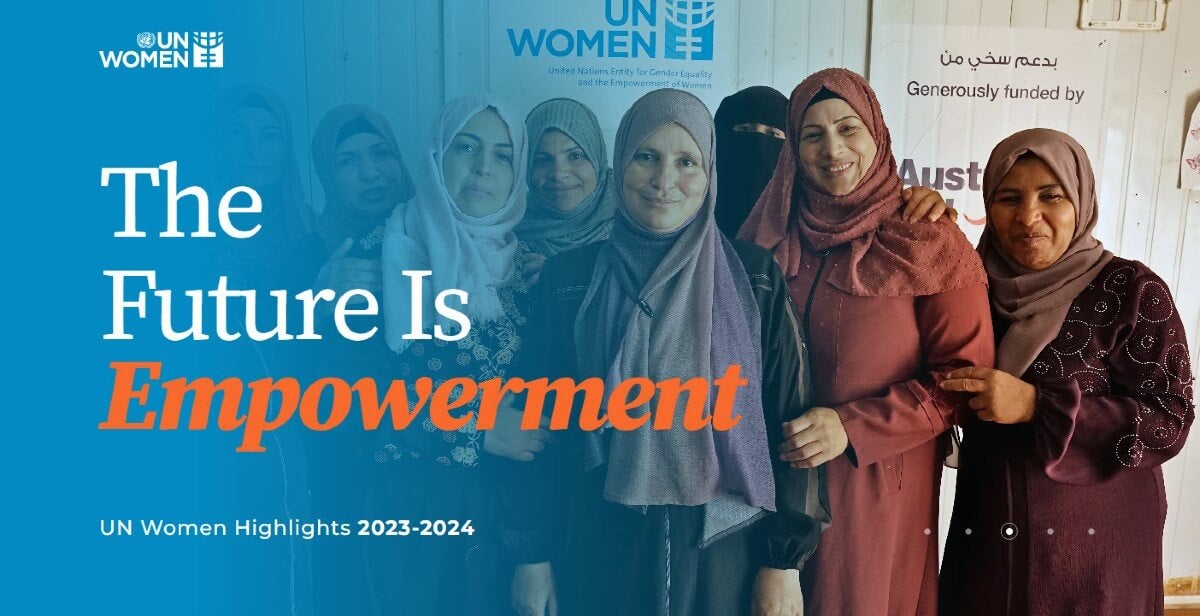Gender Data
Understanding impacts and gauging results
Image
A lack of sex-disaggregated and broader gender data on the impacts of the pandemic has made it difficult to gauge and respond to the specific needs of women and girls. This has contributed to the failure of many COVID-19 response and recovery plans to incorporate gender-sensitive policies.
What can governments do?
- Increase support to National Statistics Systems to facilitate the strengthening of gender data collection.
- Disaggregate all COVID data by sex (and ideally by other key sociodemographic characteristics as well).
- Invest in the collection and analysis of gender data to better understand and respond to the pandemic’s gendered impacts, as well as to monitor the gendered impacts of COVID-19 relief efforts.
- Expand the availability of COVID related gender data.
What is UN Women doing?
- Providing sex-disaggregated data on the impact of COVID-19, as well as the impacts of response and recovery efforts, including:
- Conducting Rapid Gender Assessment Surveys (RGAs) around the various impacts of COVID-19 and COVID-19 relief and recovery measures;
- Via an inter-agency collaboration, compiling sex-disaggregated data on the impacts of COVID-19 through the creation of a COVID-19 and gender monitor;
- Monitoring the gender sensitivity of COVID-19 relief and recovery efforts through the COVID-19 Global Gender Response Tracker, created in partnership with UNDP
- Informing the creation of data-driven gender-sensitive policies in Senegal, the Maldives, Chile, Jordan, Columbia, Albania and Georgia.
- Providing resources and technical training to governments, including:
- Developing a gender statistics training curriculum, freely available online;
- Producing the Counted & Visible toolkit to help countries better utilize existing data from household surveys to generate disaggregated gender statistics.






